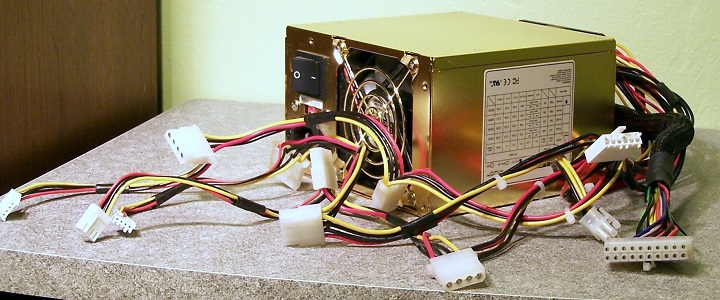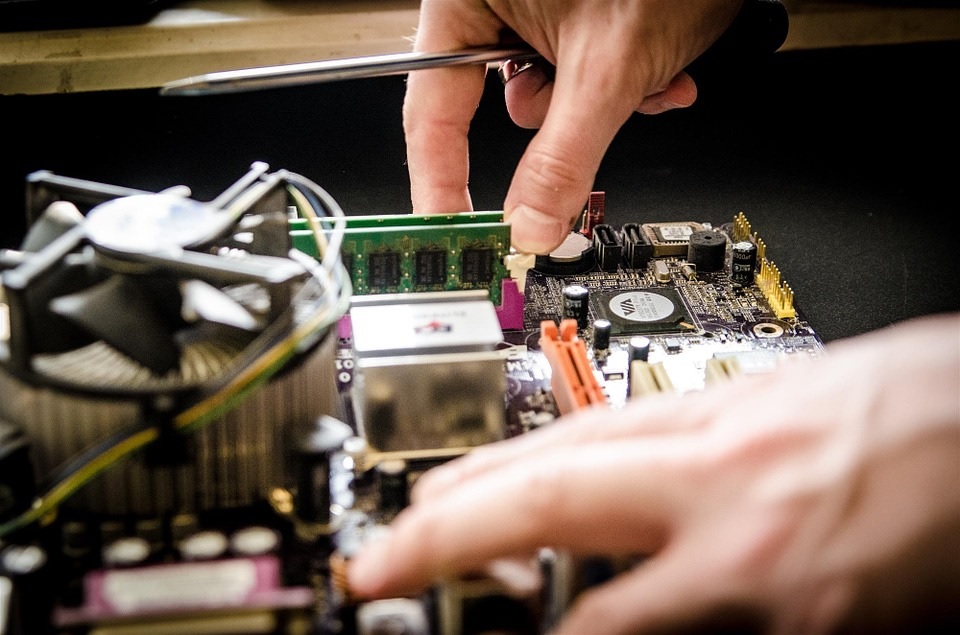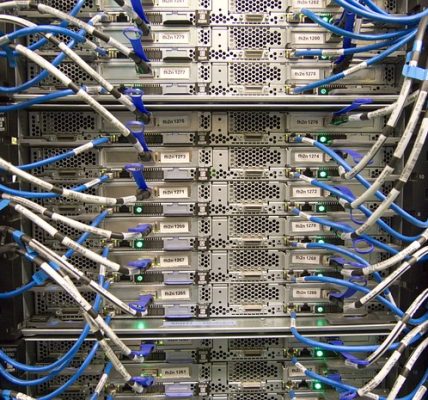
In the 21st Century, humankind has seen massive progress, growth, and advancement in their daily lives. The easiness, convenience, and possibilities are matchless and not imagined by our ancestors. Today, you can connect and communicate with your friends and family around the world on your smartphone. We can shop from the leading brands of the world without getting out of our houses. Similarly, the tasks and works we used to do manually like writing a letter, setting up the schedule, booking the tickets, etc.
There are many reasons for such immense transformation and advancements. However, one of the primary drivers is the introduction and mainstream adoption of personal computers. Since the usage of the personal computer became mainstream, the growth of the internet and emerging technologies pushed the development of IT ahead of every industry. Today, the IT sector and its relevance exist in every domain and industry. It adds innovation, automation, and easiness in every personal and professional work we do.
Similarly, the computers of modern times have also upgraded big time. They are no longer limited to menial office work and office jobs only. The computing powers and processing speeds have quadrupled over decades, and such machines are not for corporate giants or government agencies only. Today, you can acquire a high power computer for doing necessary school work to mine cryptocurrencies to set up high-performance database systems, and other endless tasks. There are many brands available out there in multiple capacities, price ranges, computing powers, etc. to be acquired.
If you are in the market for a computer, things can get complicated as various options of technical jargon and specs can be confusing. You can get a reasonable personal computer as per your requirements without breaking the bank. Let’s take a look at some of the basic specs and features to look for when buying a computer:
Processors:
The processor is the first and most crucial element when it comes to the performance of a computer. Processors are getting powerful and efficient year by year. Intel is one of the biggest producers of computer processors, and they have multiple performance tiers to choose from for the processing needs. They have Core i3 chipsets, which are the cheapest and least powerful processors available. If your primary needs are basic computing tasks, then i3 is the value for money option available.
Similarly, there are other chips named as i5 and i7. By the name, it implies that i5 is cheaper and less powerful than i7. But if you are seeking a balance between cost and performance, and need ample speed, go for at least i5. However, i7 is relevant for those who don’t appreciate loading screens and rendering timelines. If you are someone who doesn’t bother about money and looking for the best, load up the i7. Also, bear in mind that the latest generation processors are higher and better than its predecessors.
RAM:
RAM is called Random Access Memory. It is where active system processes and your applications get stored. Consider it as a scratchpad or temporary canvas where the computer performs its real-time calculations. In the times and demands of multitasking, the computer needs more RAM. With a fair amount of RAM, you can run multiple programs and applications simultaneously at the same time.
With the system requirements of 1GB for 32-bit and 2GB for 64-bit, for Windows 10, you can run your PC, but it won’t be enough. If you are looking for a new computer or a PC upgrade, consider at least 8GB. However, if you plan to multitask and do more than basic computing like video editing, gaming, etc., you need to have at least 16GB.
Storage:
Firstly, storage capacity depends on your requirements and needs. As evident, the higher the drive, the more expensive your PC will be. Currently, there are two types of storage types in usage and availability, i.e., HDD (Hard Disk Drive) and SSD (Solid State Drive). HDD comprises of spinning magnetic disks called “platters” to store data, whereas SSD stores on flash memory like our tablets and smartphones.
SSDs are more expensive, but a higher price compensates with faster read, write, and transfer than HDDs. Similarly, there are lesser moving parts in SSDs; therefore, they are cooler, quieter, and lighter, and there are lesser chances of damage, in comparison with HDDs.
It is ideal to prefer SSDs over HDDs, as they are better in speed and efficiency despite being more expensive than HDDs. However, there are some computers in which you can consider a hybrid storage option. It means there will be a smaller portion of SSDs (where you store your operating system) and a considerable amount of HDD for data storage. In this option, your computer still won’t perform better than a full SSD computer, but considering the price difference, it is even better than a full HDD setup. However, it all depends on the usage and requirement to identify the right type of storage option for your computer.
Screen Size and Resolution:
Screen size consideration also arises if you consider buying a laptop. Laptop screen size ranges typically between 11 and 17 inches. If you use multiple windows at the same time or generally multitask more, then larger screens can bring ease in your workflow. However, bigger screen sizes can affect the portability and weight of a laptop, in addition to battery life. On the desktop PCs, portability and battery life don’t matter much. Therefore, a typical desktop monitor screen size goes ranges from 24 inches and above.
When it comes to screen, the resolution is also an important aspect. Screen size is the quantity, where resolution is the quality of the screen. It highly depends on your preferences and budget. However, resolution determines how sharp your screen is and how crisp the content will appear, irrespective of the screen size. Typically, mid-range laptops come with 720p displays, but it is recommended to at least opt for 1080p, as it brings more depth and value to the display content.
Connectivity:
These are the extra features, possibilities, and peripherals that can be attached or connected to the PC for specific tasks. There are many options and variety available, and it can be daunting. It is ideal to purchase a computer with USB-C, USB 3.1, Bluetooth 5.0, and 801.11AC on Wi-Fi. The computers with such features can be expensive from the conventional ones, but they are future tech and fulfilling your connectivity needs with these elements.
Conclusion:
As discussed, it all starts and evolves from the point of how much you can afford to spend on your computing needs. If you are planning to buy for basic computing needs like surfing the web, writing emails, or consuming media content, then you can reside with cheaper options. However, \more affordable options are also powerful and capable of doing more than just basic stuff. Lastly, the key here is to find the right balance between performance and price.










![Watch Video Now on xiaohongshu.com [以色列Elevatione perfectio X美容仪 perfectio X 全新仪器黑科技了解下]](https://www.techburgeon.com/wp-content/uploads/2019/07/perfectiox-singapore-150x150.jpg)
